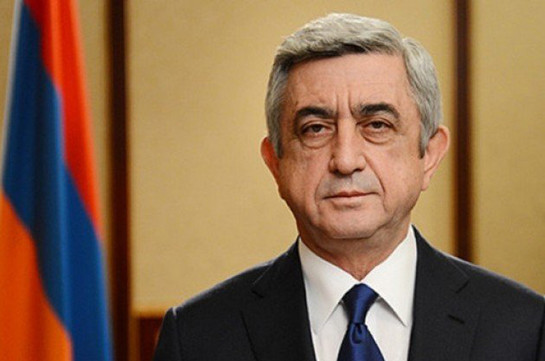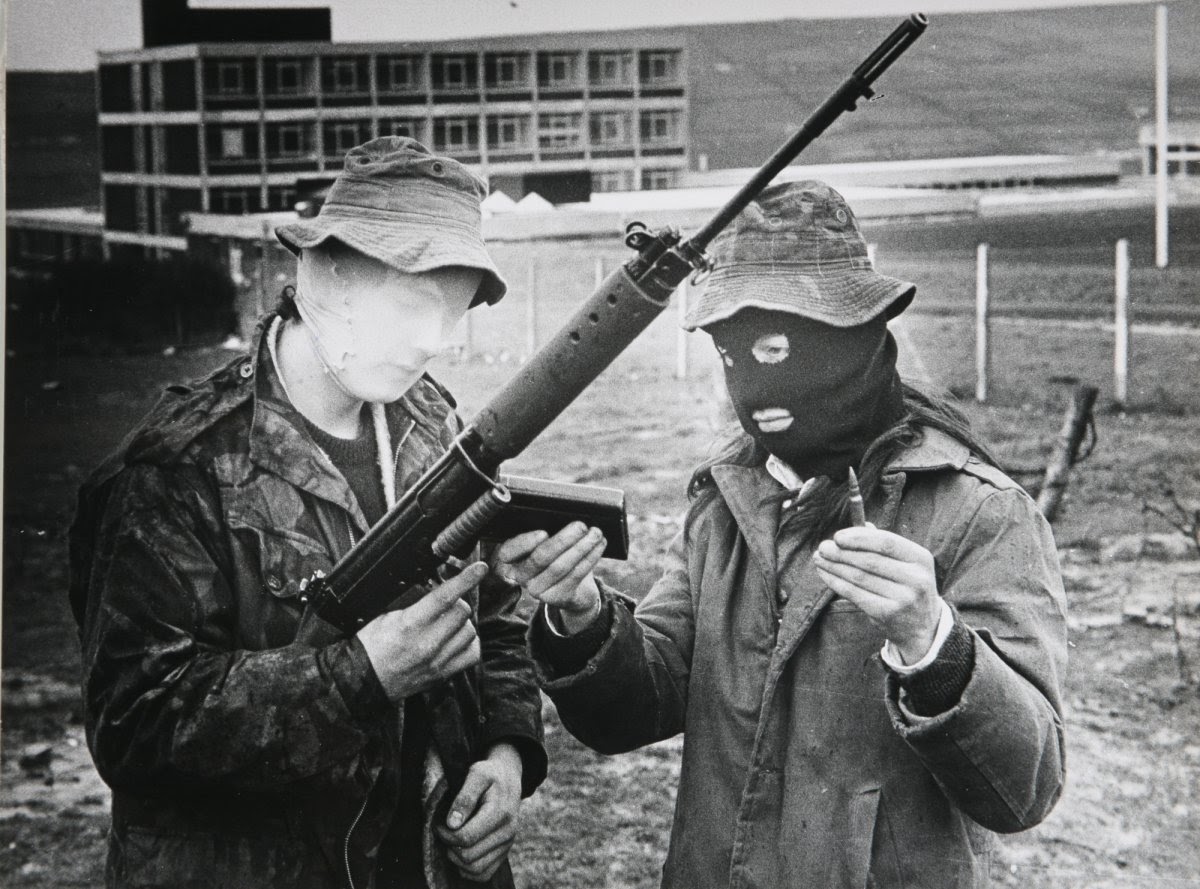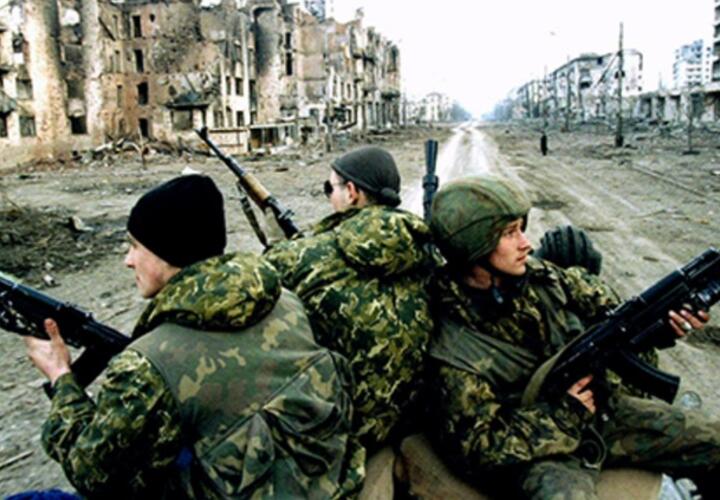
Conflict experts know that secession conflicts in the absolute majority of cases end with the legitimization of the newly independent state, not because the former central power gives its consent, but rather because a consensus on this matter is reached at the level of the international community, reads an article of the former President of Armenia Serzh Sargsyan, which has been recently published. The author of the article expressed this idea in the context of his version of what was happening at the 2011 summit in Kazan with the participation of the presidents of Azerbaijan, Russia and Armenia.

Let’s define the terminology for clarity. Secession (from Latin secessionem (nominative secessio) "a withdrawal, separation; political withdrawal, insurrection, schism") - secession from a state, the result of separatism. The term in this sense appeared during the American Revolutionary War.
That is, Sargsyan claims that the absolute majority of separatist conflicts lead to international recognition of a new state. But is it so?
Since the statement of the Armenian politician doesn’t specify which conflicts are in question, armed or peaceful ones, we will analyze several cases of the struggle of separatist movements from the central government in different countries in the period of modern history, both with the use of force and without it.
The conflict in Northern Ireland is one of the protracted ethno-territorial conflicts in Europe, which lasts for decades, and despite the declared transition to a political mainstream in 1993 after the signing of the Downing Street Declaration on December 15, 1993, which enshrined the principles of non-violence and assumed the formation of local parliament and government, from time to time interspersed with acts of terror and outbreaks of armed confrontation. The Protestant majority (about 60% of the population), who achieved the annexation of Ulster to Great Britain in 1921, advocated the preservation of the status quo, and Catholics dreamed of seeing Ulster as part of a reunited Ireland.
On August 14, 1969, Great Britain sent troops into Northern Ireland to separate the opposing Catholics and Protestants. The operation was planned to be completed in a few days, but it turned into a real civil war that lasted 30 years.
The British army left Northern Ireland only 38 years later, in 2007. Over the years of a slow-going war, more than 3,500 people were killed and more than 47,000 were injured - soldiers, police officers, civilians and militants from both sides.
In 1998, with the participation of the authorities of Great Britain and Ireland, the Belfast Agreement was signed, providing for the preservation of the region as part of the United Kingdom. At the same time, the possibility of resolving the issue of unification with Ireland by a majority vote of the population is stipulated (such a vote must be coordinated with the British and Irish governments).
As of the current year, negotiations to resolve the conflict have not led to the desired solution.
Despite years of pressure from the US and the EU, London never agreed to the separation of Northern Ireland from the United Kingdom.

Irish Republican Army fighters
Another famous example of a separatist uprising dates back to 1938. In the Sudetenland of Czechoslovakia, the pro-Nazi Sudeten German party provoked major riots in the border regions of Czechoslovakia, asking the German leadership for help. According to the Munich Agreement of 1938, the Sudetenland on the territory of the former Austrian provinces of German Bohemia and the Sudetenland became part of Nazi Germany as the Reichsgau Sudetenland with the capital in Reichenberg (Liberec) and was divided into three districts – Aussig, Karlsbad and Troppau.

On October 1, German troops crossed the border of Czechoslovakia and by October 10 occupied the entire territory of the Sudetenland. In addition to the Reich Chancellor of Germany, Adolf Hitler, the document was signed by British Prime Minister Neville Chamberlain, French Prime Minister Edouard Daladier and Italian Prime Minister Benito Mussolini. Nevertheless, most historians agree that this was done for the sole purpose of preventing or at least postponing the war in Europe, which the Third Reich was planning at that time.
After World War II, in accordance with the decision of the government of Czechoslovakia, ethnic Germans were deported from the country. Currently, the term "Sudetenland", which had primarily ethnic content, is not used.
A series of separatist conflicts that broke out after the collapse of the USSR in the post-Soviet space didn’t lead to the creation of new states recognized by the international community, either. One of the bloodiest of them is the Chechen armed conflict of 1994-1996 - military operations between the Russian federal troops and the Chechen armed formations created in violation of the legislation of the Russian Federation.

The second Chechen war officially ended with the abolition of the counter-terrorist operation regime at midnight on April 16, 2009.
The data on the losses of the parties during the conflict vary considerably.
The total losses of the Russian ministries (Ministry of Defense, Ministry of Internal Affairs, FSB) amounted to more than 6,000 people perished. According to the headquarters of the United Group of Forces (UGV), 15,500 militants were killed in 1999-2002. Over the subsequent period, from 2002 to 2009, the security forces reported the liquidation of about 2,100 more members of illegal armed groups. The leader of the militants, Shamil Basayev, said in 2005 that the losses of Chechens amounted to no more than 3,600 people.
According to the human rights organization "Memorial," the number of civilians killed during the second war is 10,000-20,000, and about 5,000 civilians went missing.
As a result, the Chechen Republic remains a subject of the Russian Federation to this day.
Protests in Catalonia
In Spain, the modern Catalan secessionist movement began in the early 20th century. In pre-war royal Spain, the movement supporters achieved first the formation of a public Catalan commonwealth, and then the formation of the Autonomous Region of Catalonia. In the 1930s, Catalonia again tried to proclaim independence, but during the outbreak of the civil war, it united with the central republican government in opposition to the Franco dictatorship, which eventually won. During Franco’s reign, separatism was punished as a crime against the state, and even the Catalan language was banned.
In 1979, Catalonia received an autonomous status, then - the official recognition of the Catalan language.
In 2006, Catalonia adopted a new autonomous status with increased financial independence.

An additional impetus to the Catalan separatists was given by the illegal independence referendum held on October 1, 2017, which the central authorities and the national police tried to prevent in a rather harsh way. The referendum only led to prison sentences for its organizers.
The European Union did not consider it necessary to intervene in any way in this confrontation between Madrid and the rebellious province.
So, we can summarize that contrary to the narrative of the ex-president of Armenia, the cases of the struggle of a number of regions that we have considered in various parts of the world for secession from the states of which they were or are to this day did not lead to the creation of new states, and consensus at the international the level to which he is appealing has not influenced their results in any way.
Of course, history knows other examples when, as a result of the secession struggle, new states did arise. The clearest example is the formation of the United States of America on July 4, 1776 following the results of the War of Independence from Great Britain. Nevertheless, even a few examples we have considered indicate that the term “absolute majority” used by Serzh Sargsyan is completely inappropriate in this context.




















